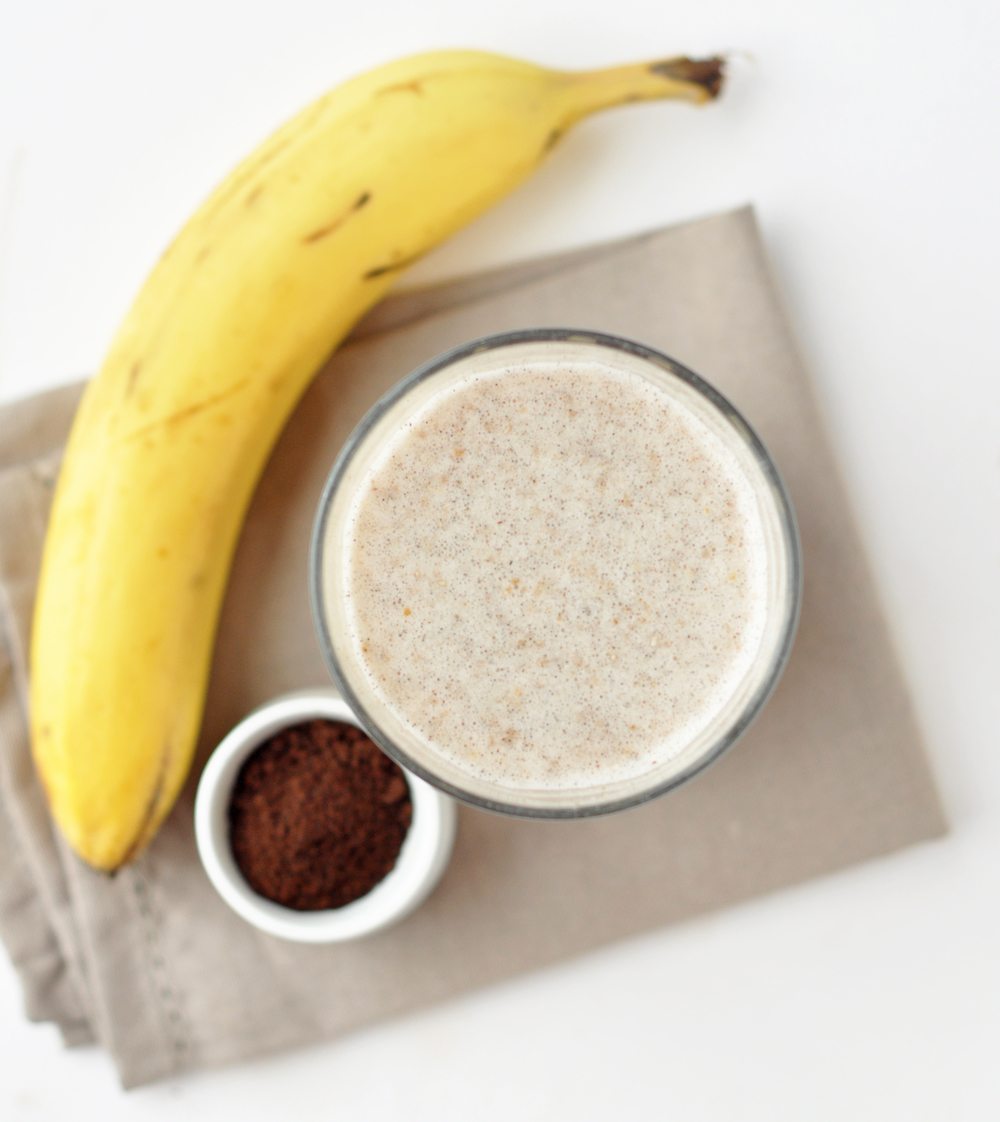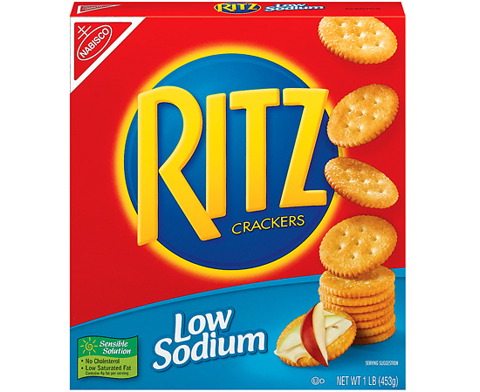In reality, if you’re truly serious about how long you live and how much stress you put on your heart and your kidneys, you have to take that advice with a grain of salt. A big grain of salt.
As a matter of fact, the calls for sodium reduction you see plastered all over health magazines, doctor’s offices and popular news reports are not only unsupported by research, but have been proven to be dangerous for you.
In this article, you’re about to learn why I personally eat salt by the spoonful, and why salt is not as bad as you may think.
The Facts About Salt
Let’s begin with the 4 most important things you need to know right now:
1. There is zero evidence to support a drastic reduction in sodium intake.
A recent review of a study by the Institute of Medicine failed to identify a health benefit associated with sodium intakes less than 2,300 mgs/day, and concluded that there is insufficient evidence to determine whether sodium intakes of less than 2,300 mgs are harmful or beneficial.
In other words, there’s no evidence that a salt reduction will result in a health benefit (nor do we do know the potential consequences of reducing the salt content of food).
2. Reducing sodium intake can have unintended health risks.
But here’s what we actually do know: recent research highly suggests that low sodium intake can indeed increase health risks. Here are some of the unintended consequences of drastic reduction in sodium intake:
• Insulin resistance (diabetes)
• Metabolic syndrome
• Increased cardiovascular mortality and readmissions
• Cognition loss in neonates and older adults
• Unsteadiness, falls, fractures
• Lifelong appetite cravings for salt
• Metabolic syndrome
• Increased cardiovascular mortality and readmissions
• Cognition loss in neonates and older adults
• Unsteadiness, falls, fractures
• Lifelong appetite cravings for salt
Despite this extreme lack of supporting evidence, here in America the Center for Disease Control and the New York Department of Health appear to remain intensely committed to their efforts to have us all consume less than 2,300mg/day, and for nearly half of us to consume less than 1,500mg/day.
3. Your total potassium levels and your “sodium to potassium ratio” are what is actually important for heart health.
But these calls to reduce long established sodium intakes by one-third to one-half not only threaten to make your food slightly tasteless, but are not currently supported by evidence. As matter of fact, we are now learning that the key to your health does not lie in any absolute amounts of sodium, but instead in the ratio between sodium and potassium – with the ultimate goal being to achieve a ratio ≤ 1.
Now I’m no math major, but this ratio seems pretty simple. You don’t need to limit sodium. You need to increase potassium. It’s a pretty easy-to-grasp concept once you realize that you simply need to shift your focus from massively reducing sodium intake to instead maintaining a healthy sodium to potassium ratio in your diets.
Here’s why this ratio is so important…
 We all know we need salt to live – after all, 70 percent of our body is made up of salt water. We also know that, in the body, sodium exists in a delicate balance with potassium. Potassium is also necessary for proper cell function, and is especially important for cardiovascular health. Recently, several studies highlight that the ratio of sodium to potassium intakes represent a more important risk factor for hypertension and cardiovascular disease than each factor alone.
We all know we need salt to live – after all, 70 percent of our body is made up of salt water. We also know that, in the body, sodium exists in a delicate balance with potassium. Potassium is also necessary for proper cell function, and is especially important for cardiovascular health. Recently, several studies highlight that the ratio of sodium to potassium intakes represent a more important risk factor for hypertension and cardiovascular disease than each factor alone.
How could this be? It’s basically because sodium and potassium actually have opposite effects on heart function. High sodium intake can indeed increase blood pressure, while high potassium intake can relax blood vessels and decrease blood pressure.
But the unfortunate fact is that most of us consume more sodium and less potassium daily than recommended. Our average daily intake of sodium is 3,436 mg (150% of the recommended daily limit) while our average daily intake of potassium is 2,790 mg (60% of the recommended daily amount).
Once again, please understand that sodium is not inherently evil – and the big issue is not that 150% sodium intake, but instead the measly 60% potassium intake.
4. Big food industry’s interpretation of public health recommendations to reduce sodium intake can have a dangerous impact.
So why haven’t you heard about all this before? Why isn’t Dr. Oz screaming this from the rooftops? Why isn’t your local newspaper putting this information out as people screw up their bodies from nasty, processed and refined salt intake that severely disrupts your sodium to potassium ratio?
In a word: money.
 The big food industry is happy to play along with the myopic sodium focus because it allows them to churn out highly processed and minimally nutritious foods – and then add the “low sodium” health halo to increase sales. Shifting the focus to include adequate levels of potassium is not ideal for the food industry because their high processing of foods actually slashes potassium content. And potassium is not as easy to add back via fortification because it’s expensive.
The big food industry is happy to play along with the myopic sodium focus because it allows them to churn out highly processed and minimally nutritious foods – and then add the “low sodium” health halo to increase sales. Shifting the focus to include adequate levels of potassium is not ideal for the food industry because their high processing of foods actually slashes potassium content. And potassium is not as easy to add back via fortification because it’s expensive.
But championing “lower-sodium” processed food is not a real solution, because it completely misses the importance of potassium. You can’t expect much of a health boost if potassium is not simultaneously increased when sodium is lowered.
Of course, some food processors don’t even worry about the low sodium selling point at all. Large amounts of sodium are often added to foods during processing, which also affects the sodium to potassium ratio of your food. For example, before processing, a 100-gram (about 3 1/2 ounces) serving of fresh pork contains roughly 60mg of sodium and about 340mg of potassium. But after industrial processing, the average deli ham ends up with 920mg of sodium and only 240mg of potassium, a ratio of over 3:1!
You’ve probably already guessed at the best solution to this conundrum. Stand up to the man. Defy processed and packaged food. The best way to achieve a healthy sodium to potassium ratio is to simply eat a minimally processed diet comprised of real, recognizable food that doesn’t come out of a box or bag.
What You Can Do About The Sodium Problem
The majority of the sodium that most people eat comes from processed foods like deli meats, soups, baked goods, cheese and fast foods. Only a shockingly low 11% of your sodium intake comes from adding salt to a meal either in cooking real food or sprinkling it on your food at the table.
So if you really want to adjust your sodium to potassium ratio, the best way to cut back on high levels of unbalanced sodium intake is to:
A) reduce your intake of pre-packaged, processed and fast foods (yes, I said it again)…
and…
B) to only salt your food while you’re cooking or at the table, preferably using a 100% natural source of unrefined salt (more on that later). This not only allows you to see exactly how much salt you are putting on your food, but it also ensures that you’re using natural salt in a correct sodium to potassium ratio.
Easy, eh?
And when you do eat your food, choose stuff high in potassium and low in sodium. When it comes to that, your best bet is raw fruits and vegetables, preferably from trusted sources such as the organic section of your grocery store, or your local farmer’s market. Good sources of potassium with balanced levels of sodium include vegetables and fruits, especially leafy green vegetables (spinach and collards), orange vegetables (sweet potatoes and winter squash), and citrus fruits (oranges and grapefruits), dried beans, nuts, seeds, and “pseudograins” like quinoa, buckwheat, and amaranth.
This tasty produce is naturally high in potassium and low in sodium – and if you’re concerned about whether or not it was grown in mineral rich soil, you can fix that with what you’re about to learn.
Should You Salt Your Food?
Refined table salt – the white stuff on the table at most restaurants or probably in your kitchen cupboard – is the same sodium source that those big food processors use to salt their foods. It is usually 99% sodium chloride, the last 1% is saved for the anti-caking agents. Problem is — anti-caking agents are essentially heavy metals, which are toxic to your body
Refined table salt has aluminum, ferrocyanide, and bleach in it. Anti-caking agents are added to increase its shelf life. The chemicals added to keep salt from absorbing moisture on the shelf interfere with one of salt’s main functions: to regulate hydration in the body. The sodium chloride in table salt is highly concentrated, denatured, and toxic to your body.
Ever put salt on an open cut? It burns!
Refined salt has that same burning effect on your internal tissues and causes a negative reaction: your body retains water to protect itself, and your cells release water to help dilute, neutralize, and break down the salt. This loss of water dehydrates and weakens your cells and can even cause them to die prematurely.
Refined table salt is poisonous to the body and is responsible, in great part, to the onset of many terrible diseases including thyroid and metabolic dysfunction.
So what’s the alternative to common, nasty, iodized, sodium chloride and chemical laden table salt?
Natural sea salt contains 80+ trace minerals including potassium and it is only 92% sodium chloride. It is free of aluminum and other toxic substances table salt is exposed to during the refining process. Sea salt is also known for its coarse, crunchy texture and superior flavor.
People often ask me what kind of sea salt I personally use – and while you’ve probably heard me talk about Himalayan salt before, there’s actually another kind of salt I’ve been using that has less sodium chloride and more minerals than Himalayan salt.
This salt alternative – my new source for maximizing my daily electrolyte intake – is harvested in Mexico by traditional salineros (salt farmers) using environmentally friendly techniques that are over 150 years old. The salineros who make AztecSeaSalt™ use the same saltpans where the Aztecs made their salt over 500 years ago… even before the Spaniards arrived.
They are migrant working families. (You can only make salt in Cuyutlán between February and May, only 16 weeks).
They are entrepreneurs. (They get paid for the amount of salt they produce).
Their traditional techniques are passed from generation to generation – taking care of the land and each other.
And you can’t surf to your local grocery store and grab a bag of this stuff. AztecSeaSalt™ is not sold in stores. Due to the 16 week harvest and micro batches, all orders are limited to just 4 bags.
No comments:
Post a Comment